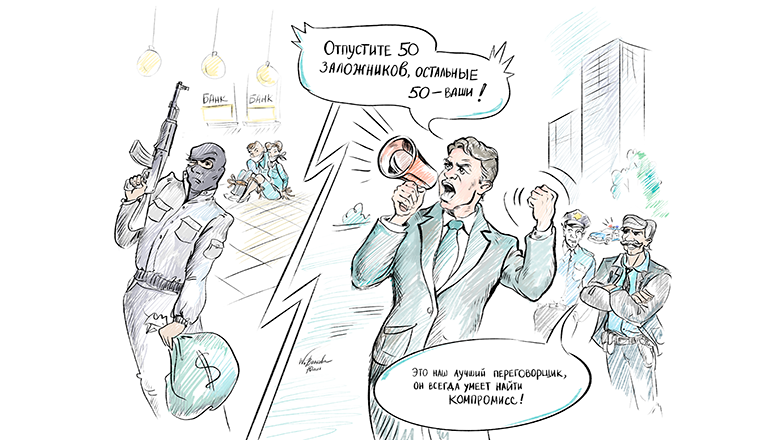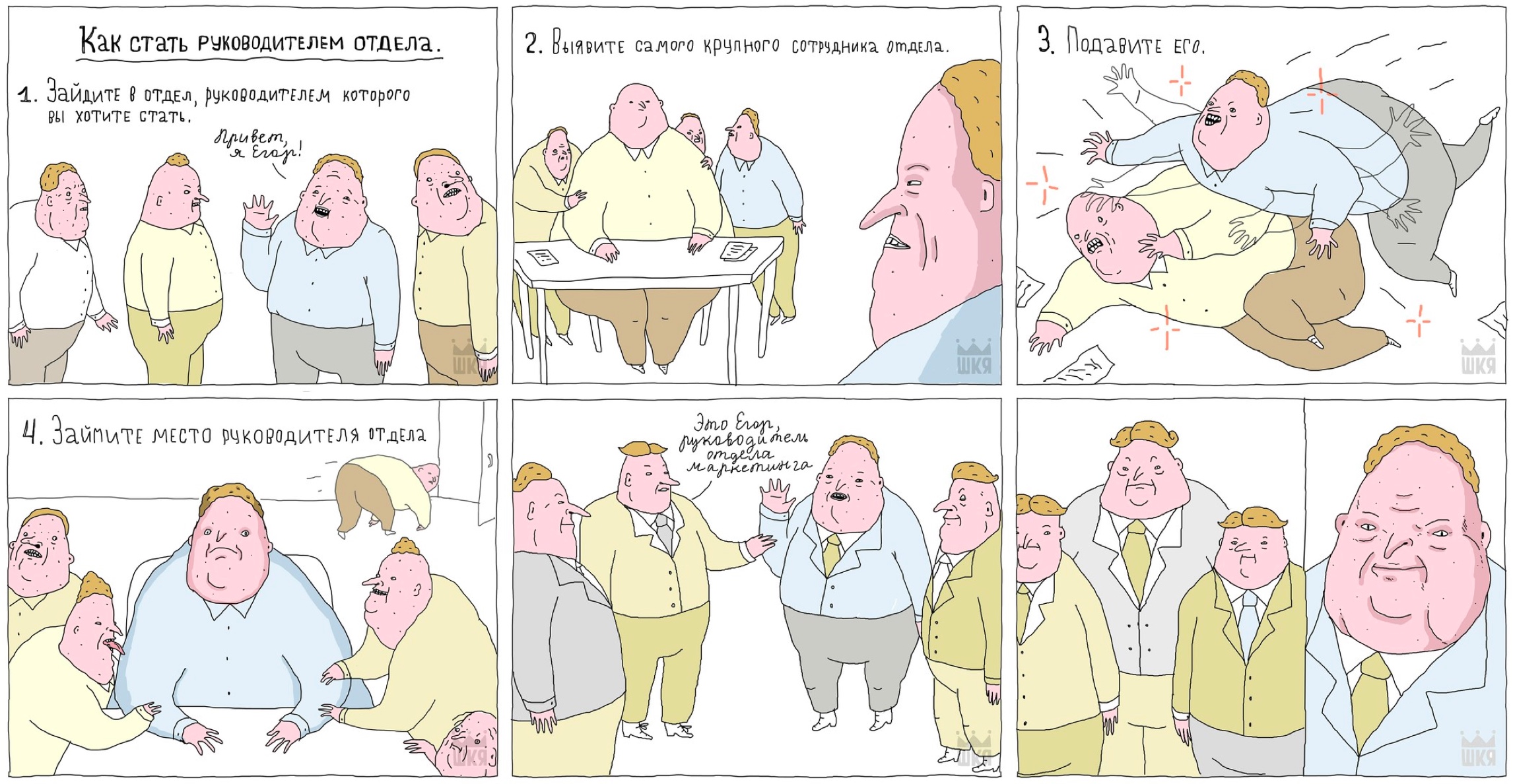Что будет, если от разработчиков не отстать: умирающая команда

Источник
15 человек, из них — один руководитель проекта, три фронта, два бэка, три аналитика, девопс. Симптомы обычные: процессы всем не нравятся, соседи — козлы, потому что не то и не так делают, а как нужно — не знают, ответственности ни на ком толком нет ни за что.
Вроде бы когда-то это был настроенный конвейер, но теперь его куски — как будто в разных зданиях. Особо не заботятся о том, что было «до» и что будет «после». А если всё падает, то люди поднимают руки: «Я не виноват. Я не знаю, как поднять».
Проект — внутренний банка, он нужен для улучшения работы внутри компании. Традиционных решений в кровавом энерпрайзе — два: нанять новую команду (но вгружать мидла на проект такой сложности — три-четыре месяца) или же оставить проект на поддержке, через два года найти ему замену, а команду тихо похоронить в подвале. Точнее, не так: те, кто плывет по течению и не заботится о карьере, остаются тихо сидеть «на пенсии», то есть в бесконечной поддержке проекта. А самые проактивные тут же перейдут в другие команды или другие компании.
Почему процессы разваливались? На первый взгляд, потому, что была куча ненужных совещаний и встреч с теми, кого разработчики вообще не должны были видеть. Плюс местами странноватые KPI. Как это ни странно, но если психологически давить на разработчика пару лет, то ничем хорошим это не закончится. Руководство подразделения дало мне карт-бланш на исправления, и я начал разбираться, что же случилось.













